I guess that in a way one could look at Petit Manseng as the prodigal son of the Manson Manseng family. For the most part the Manseng family are a bunch of ne’er do wells that have never amounted to much of anything, whereas the Petit Manseng varietal is capable of some very interesting things given the right conditions and care.
This small, thick-skinned, loose-bunched white berry makes some excellent sweeter wines in Jurançon in southwestern France in the foothills of the Pyrenees, the varietal’s thicker skin and looser bunches (better airflow) making it inherently suitable for late harvesting with the hope of getting a little of that delicious Botrytis cinerea/noble rot that can add that extra special something to this style of wines.
It’s also a grape with a formidable acid profile, so much so that many feel the sugar levels in the grapes need to get right up to around 14.5% potential alcohol before the resultant wine becomes close to drinkable ; however, I personally dispute that fact.
30 years ago Petit Manseng was on the verge of extinction, but then a handful producers, merchants, and sommeliers began to revisit this almost forgotten grape, allowing the grape to go through something of a renaissance. Indeed many felt that Petit Manseng was going to have its own “Viognier moment”, leading to clusters of new plantings in both France and California.
Outside of its ancestral homes in France, and the plantings in California, one will also find Petit Manseng planted alongside Tannat in Uruguay, as both were brought over by Basque settlers from 1824 onwards. Small plots are also scattered across Australia and Spain, but the second largest footprint on the grape is actually in Virginia, where the varietal’s high acid, resistance to rot, and high sugars work well in the state’s hot and humid climate.
Capable of some really very good sweet and dry wines, Petit Manseng vines yields very little fruit in the best of conditions, making financially viable cultivation a little tricky. It takes some work to make good wine from this grape, but it is certainly not one for the more curious of wine lovers to overlook, as sometimes it can really sing.

Edinburgh-born/Toronto-based Sommelier, consultant, writer, judge, and educator Jamie Drummond is the Director of Programs/Editor of Good Food Revolution… And it’s a pity we don’t see more examples of this grape.

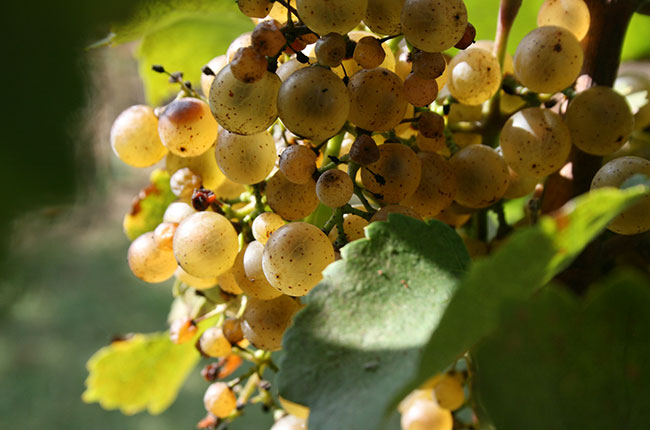


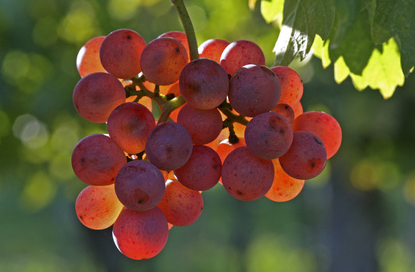
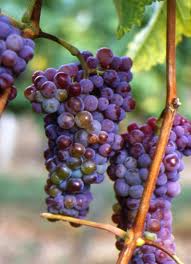
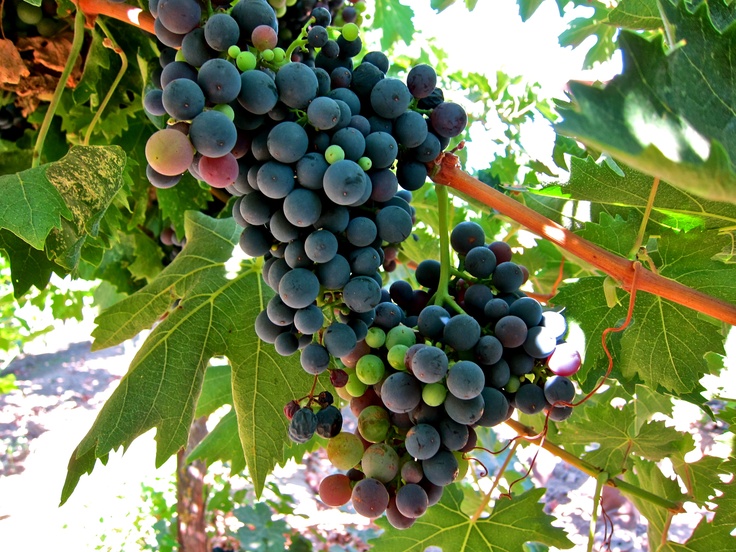
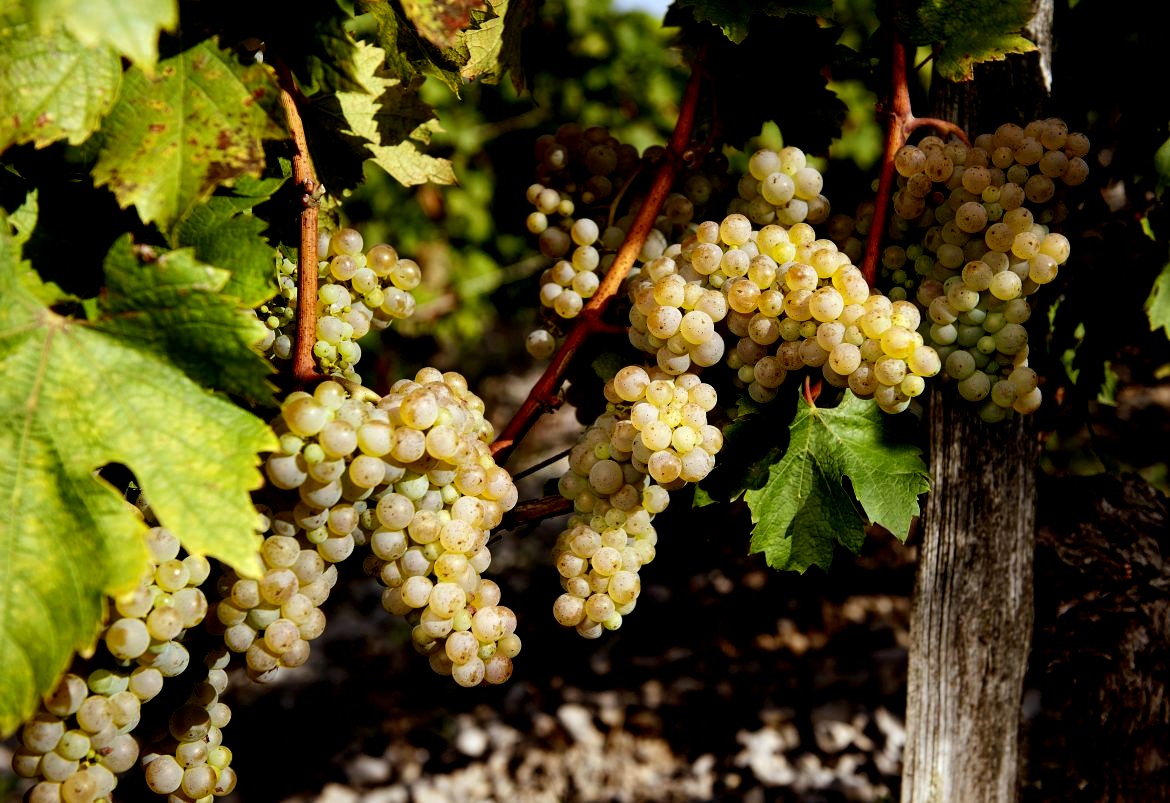

I loved this post! I read your blog fairly often and
your always coming out with some great stuff.. I shared this on my FaceBook
and my followers loved it, keep up the great work !
🙂